The largest immigration-driven population boom in Canadian history created the country’s worst ever rental crisis.
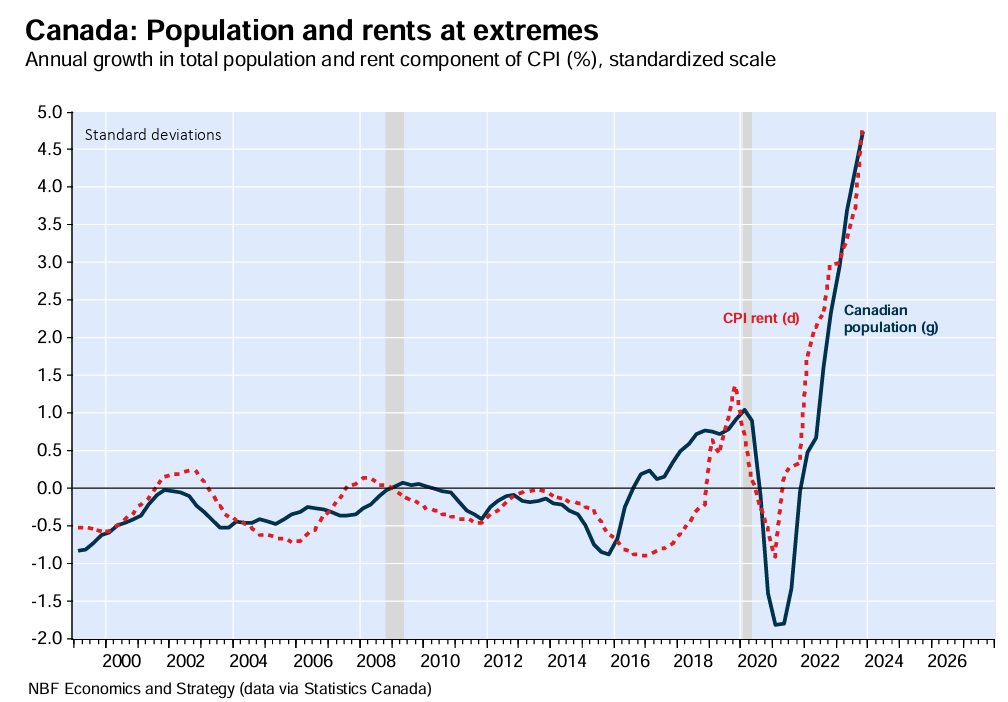
Canada’s population grew by an unprecedented 1.2 million people in 2023, driven entirely by record net overseas migration.
This population surge pushed rental vacancy rates to an all-time low and rental inflation to record levels.

In June 2024, Quebec Premier François Legault attributed “100% of the housing problem” to surging net overseas migration.
Canada’s federal Immigration Minister Marc Miller responded by claiming that he was “fed up with people always blaming immigrants for absolutely everything”.
The Canadian government has implemented a range of policies to slow immigration. These measures include caps on student visas, changes to temporary foreign worker programs, and an overarching attrition target for non-permanent residents (NPR) in the country.
Accordingly, net overseas migration to Canada is slowing and this is slowing the rate of growth in rents.
Curiously, Marc Miller is now claiming credit for the decline in rental growth, which he attributes to lower net overseas migration:
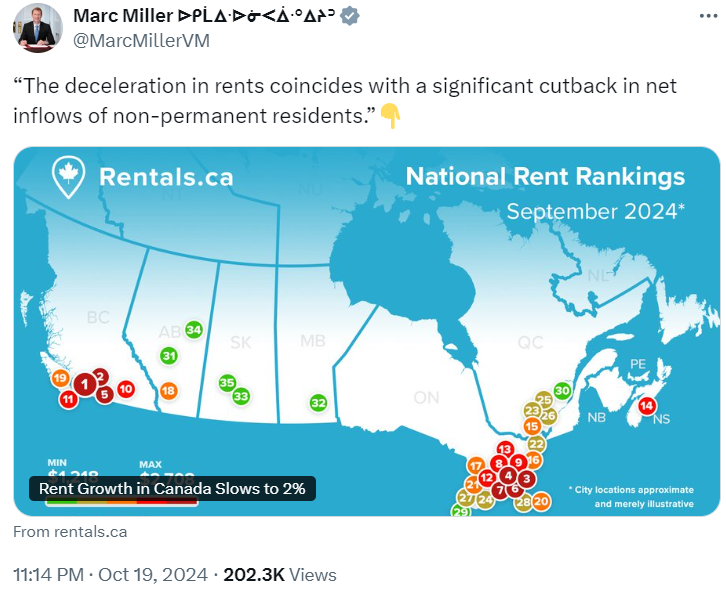
Similar forces are at play in Australia, which also experienced record net overseas migration and a record surge in asking rents.
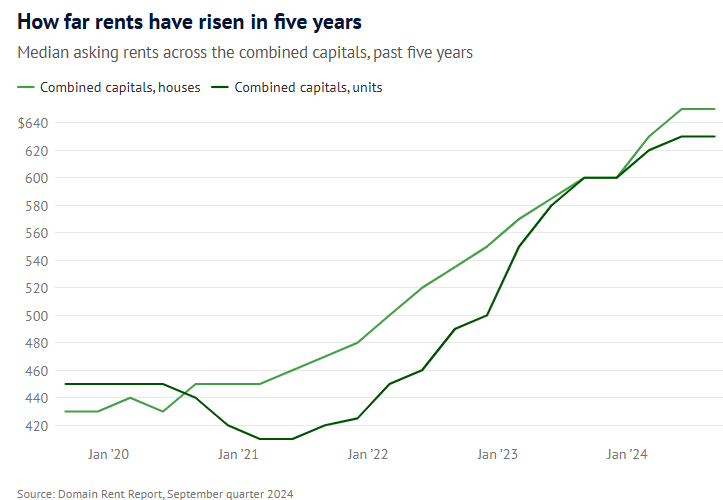
Like in Canada, Australia’s net overseas migration is falling from its peak:
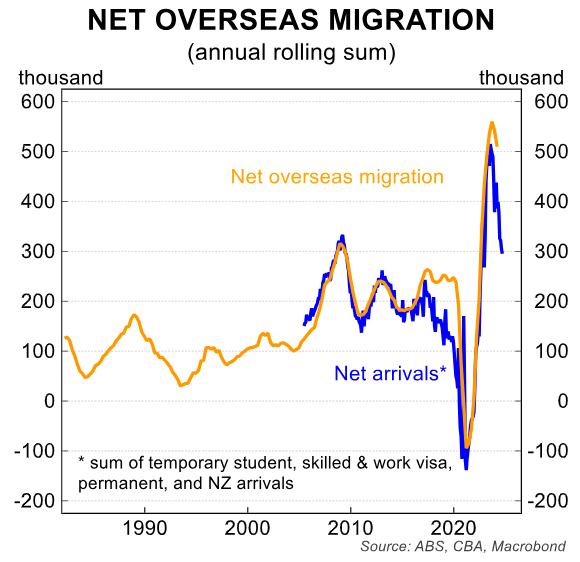
And this is lowering Australia’s population growth:
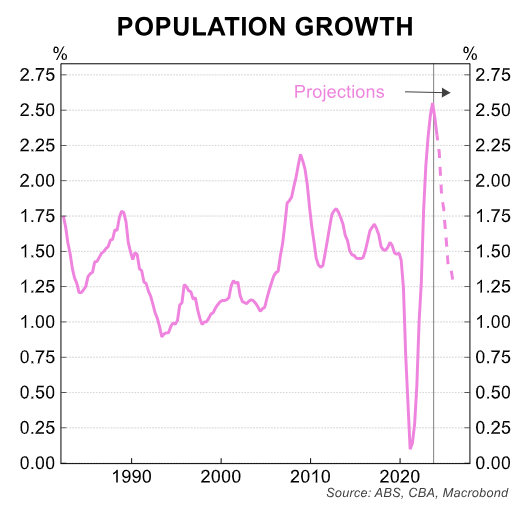
As a result, Australian asking rental growth is now falling:
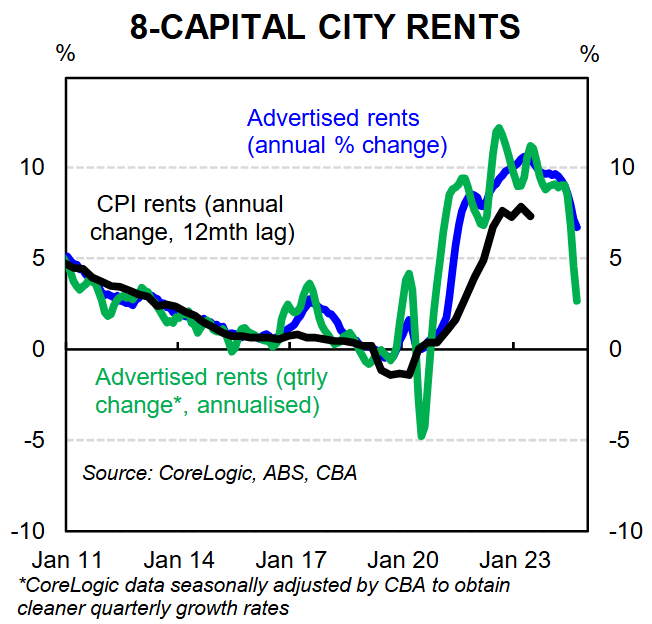
The above data highlights why the number one solution to the rental crisis is to simply cut net overseas migration to a level that is below the nation’s capacity to supply housing and infrastructure.
In other words, stop importing hundreds of thousands of new renters every single year. The solution is that simple.

